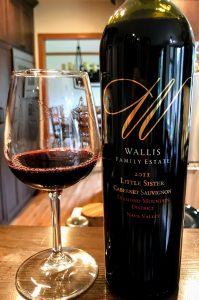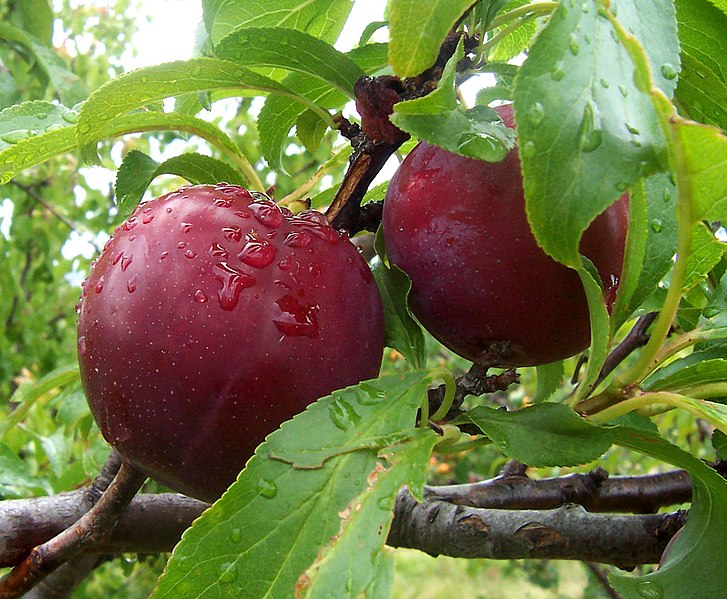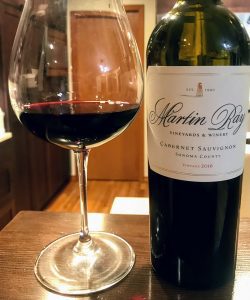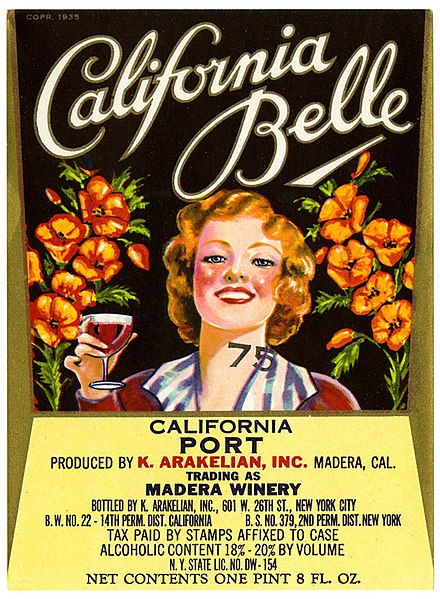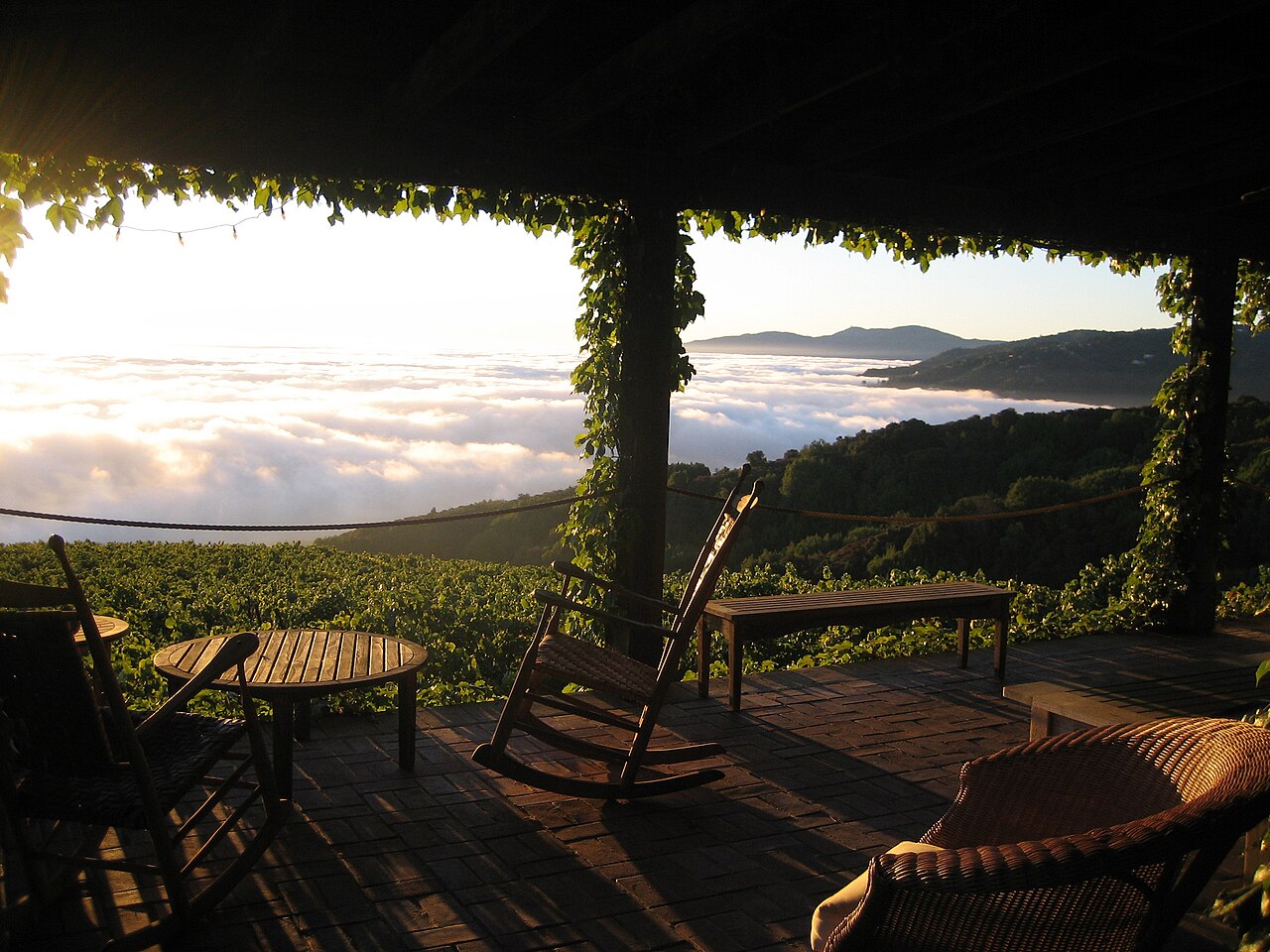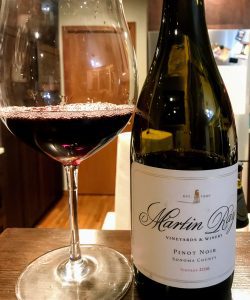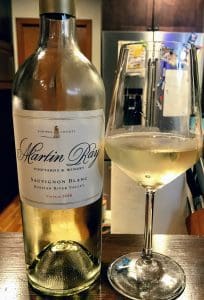The folks behind I Like This Grape were gracious enough to send me a copy of their latest book, Drive Through Napa: Your Ultimate Companion to Napa Valley’s Wines Regions.
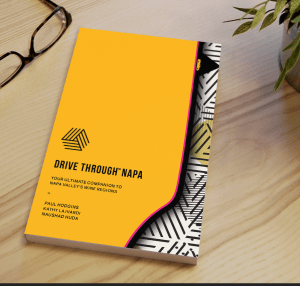
Photo courtesy of Naushad Huda, ILikeThisGrape.com
While working on a research project about the Stags Leap District, I had several opportunities to check out the eBook version written by Paul Hodgins and Naushad Huda with Kathy Lajvardi providing graphic design.
Below are a few thoughts about this modern primer on the most famous wine region in the United States.
The Background
Naushad Huda came up with the idea of Drive Through Napa after wandering,
“If Pharrell or Complex Magazine were to write a wine book, what would it look like? What would it sound like?”
Previously, Huda had founded the digital creative agency XTOPOLY that focused on interactive marketing. They worked on T-Mobile’s first mobile eCommerce site and created campaigns for several global companies including Vitamin Water, Nestle, Emirates Airlines, Nivea and Google. After merging XTOPOLY with the Finnish software company Vincit in 2017, Huda served as their Director of Strategy and Partnerships.
It was during this time that Huda, along with his wife Kathy Lajvardi, wanted to take a fresh approach to the traditional concept of a regional wine guide. Lajvardi is an accomplished artist whose done graphics work for the Iron Man and Transformer movie trailers. Her photographs and paintings are also regularly featured in major art galleries.
Partnering with Paul Hodgins, a longtime writer for the Orange County Register and author of The Winemakers of Paso Robles with Julia Perez, the Drive Through Napa team embarked on their project with Millennials as a target audience.
The Book
With that Millennial-focus in mind, Drive Through Napa is designed to be easily digestible within a 1-hour read. One of the goals of the creative team was to avoid many of the cliches that they saw in other wine guides–such as endless photos of vineyards that all look the same. The main graphics in the book are maps and price-to-rating charts taken from data provided by Vivino.
Another focus of the book was to steer clear of being a “what to drink” guide. Instead, Drive Through Napa takes more of a high-level approach to exploring the 16 AVAs (or “neighborhoods”) in Napa with brief blurbs on climate, elevation, rainfall, soils as well as principal grapes and their characteristics.
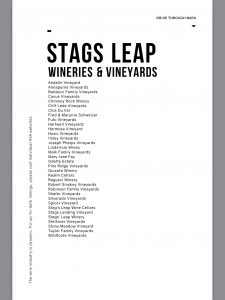
Screenshot of winery listing for the Stags Leap AVA which also includes notable vineyards.
Each AVA section touches a bit on some of the history and key pioneers. They also include a listing of most all the wineries and many notable vineyards that call each region home.
A critical distinction between Drive Through Napa and other regional wine guides is that there is no contact information about these wineries. Nor are there any details about which wineries are open to visitors and if appointments are necessary.
I suspect part of the reason for this stems from the goal of not being a “what to drink” guide.
The book does include a note directing folks to check out each individual AVA associations’ website. However, they unfortunately don’t include what those websites are so folks will have to Google them.
In addition to the AVA chapters, the introduction of the book goes into some of the history of California wine and the role that Napa has played in bringing prominence to the state. It touches on the usual characters of the Catholic Church and early 19th-century pioneers but also devotes time to post-Prohibition figures like Brother Timothy Diener of the Christian Brothers and putting the “Mondavi Effect” into context.
Additionally, the intro chapters include a short glossary of essential wine terms used in the book and briefly touches on a few of the major California wine regions beyond Napa.
Things I really liked about the book.

Burgundian winemaker and Raymond Vineyards owner Jean-Charles Boisset is one of several subjects interviewed for Drive Through Napa.
The team behind Drive Through Napa certainly achieved their goal in creating an approachable primer. There is brilliant simplicity in the graphics and design that makes it easy to digest even when a fair amount of information stray into technical viticultural details.
You don’t need to be a “wine geek” to pick up this book and find it useful. But if you are a geek, there is most certainly something in it for you as well.
My favorite part of Drive Through Napa was the interviews they included in several AVA chapters. Here Hodgins and Co. asked very pointed questions such as “What effect does your region have on the grapes that are grown here?”, “What will we notice when tasting a wine from your AVA?” and “What do people misunderstand about your AVA?”
This is where Drive Through Napa moves beyond just being an easily digestible primer on Napa Valley towards something that wine students will find immensely useful. In particular, I would encourage folks working on blind tasting exams to pay careful attention to the answers about AVA characteristics and their influence on the resulting wines.
The interview subjects have some serious pedigree.
Richie Allen, Director of Viticulture and Winemaking for Rombauer Vineyards (Carneros)
Taylor Martin, Managing Partner of Italics Winegrowers (Coombsville)
Dave Guffy, Director of Winemaking for The Hess Collection (Mt. Veeder)
Lorenzo Trefethen of Trefethen Family Vineyards (Oak Knoll)
Celia Welch, consulting winemaker of Keever Vineyards and many others (Yountville)
Jon Emmerich, winemaker of Silverado Vineyards (Stags Leap District)
Jean Hoefliger, winemaker of Alpha Omega Winery (Atlas Peak)
Nicole Marchesi, winemaker of Far Niente Winery (Oakville)
Ivo Jeramaz, winemaker of Grgich Hills Estate (Rutherford)
Jean-Charles Boisset, owner of Raymond Vineyards and many others (St. Helena)
Stuart Smith, owner and winemaker of Smith-Madrone Vineyards (Spring Mountain)
Danielle Cyrot, winemaker of CADE Winery (Howell Mountain)
Dawnine and Bill Dyer, owners and winemakers of Dyer Vineyard (Diamond Mountain)
Bo Barrett, owner of Chateau Montelena (Calistoga)
Andy Erickson, consulting winemaker and owner of Favia (Napa Valley)
Things that were “Meh.”
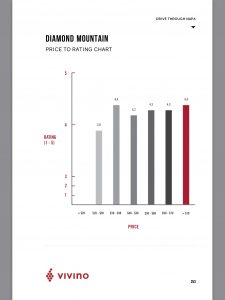
Good luck trying to find those $30-40 Diamond Mountain wines. My best guess is that these are white wines and roses.
I found the Price-To-Rating charts to be pretty useless. Using Vivino’s 1 to 5-star ratings, Drive Through Napa featured a bar chart for most of the AVAs. Here they highlighted what the average score was of wines at various price points.
Spoiler alert: In every AVA but Diamond Mountain, Spring Mountain and Carneros, the wines with the highest ratings are the ones that cost $70+.
And really, the $70+ wines are still the highest rated segment even in those exceptions. They just happen to share the same rating as another price category.
I honestly don’t think a single person is going to be surprised at these charts.
I also do wish they did little more with the winery listings for each AVA. In particular, I think they should have found a way to signify which wineries had open tasting rooms, those that needed appointments and which ones that there is no way in hell you’re getting into.
I doubt including little icons (asterisk, smiley faces, etc.) next to each name would have added much to reading time. Plus, even if they didn’t want to be a “What to Drink” guide, anyone that is buying this book is likely going to want to visit Napa. And they’re probably going to want to drink something.
Steering folks to the individual AVA associations is fine (though, again, would be helpful to have their web addresses in the book). But that one small change to the winery listing pages would have significantly enhanced the overall utility of Drive Through Napa.
The Verdict
While I was fortunate to receive my e-copy of Drive Through Napa as a sample, I would buy this book without question. For $18 paperback and $9.99 for Kindle, it more than delivers in content and usefulness.
In particular, I wished I had this book back when I worked at Total Wine and helped train their wine staff in my region. I would have recommended Drive Through Napa to every wine associate there, especially those studying for their California TWP certifications. Likewise, I can see this book being handy for sommeliers–especially with those interviews I mentioned above.
You can’t talk about American or Californian wines without talking about Napa. If you want to understand this famous wine region, Drive Through Napa is a great place to start.

